Not all fruits and vegetables can continue to ripen after they are picked. Some can, some can’t.
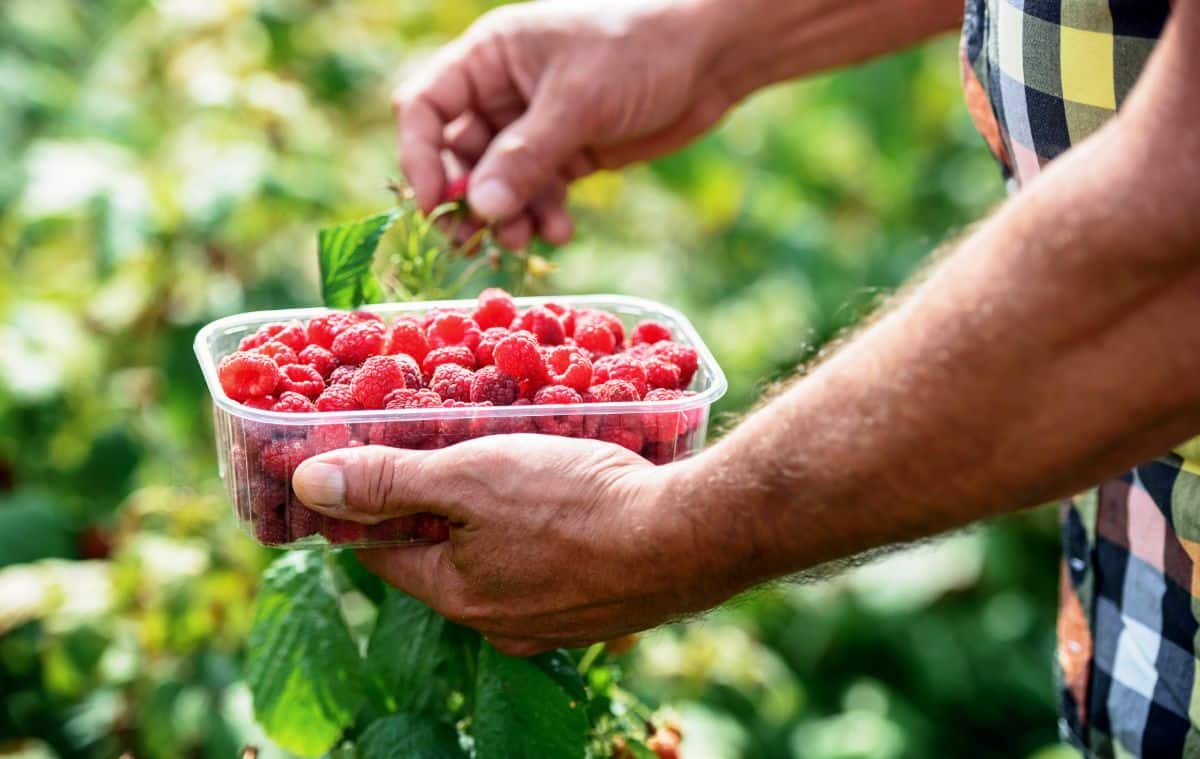
It’s important to know which fruits and vegetables do not ripen after picking because if you pick produce when it is underripe, it usually doesn’t taste very good. It may even be rendered useless.
Jump to:
- Climeractic vs. Non-Climeractic Fruit and Vegetables
- Fruits and Vegetables That Don’t Ripen After Picking
- A Note About Vegetables That are Not on Climeractic/Non-Climeractic Lists
- Know What Ripe Is for Non-Climeractic Fruits and Vegetables
- Look for Ripe Non-Climeractic Fruits and Veggies in the Markets, Too
Climeractic vs. Non-Climeractic Fruit and Vegetables

Fruits and vegetables are divided into two categories: climeractic and non-climeractic.
Those are two fancy words that basically mean that the produce is either responsive to the naturally occurring gas ethylene or they are not. Produce that is responsive to ethylene is climeractic and it can continue to ripen after it is picked. These fruits and vegetables usually produce their own ethylene, but putting them in with other ripe ethylene-producing fruits can help speed up their ripening, too.
For example, if you’ve ever heard of putting unripe or green tomatoes in a bag with an apple or a banana, it’s because apples and bananas produce and give off a lot of ethylene when they’re ripening and ripe; that gas can be passed to the tomatoes in the bag and make them ripen faster and more completely. (Tomatoes are ethylene producers, too—they make it naturally by themselves, but apples and bananas are big ethylene factories.)
Non-climeractic fruits do not produce ethylene and so they can’t be induced into ripening off the plant or off the vine, no matter how big your banana tree is.
Fruits and Vegetables That Don’t Ripen After Picking
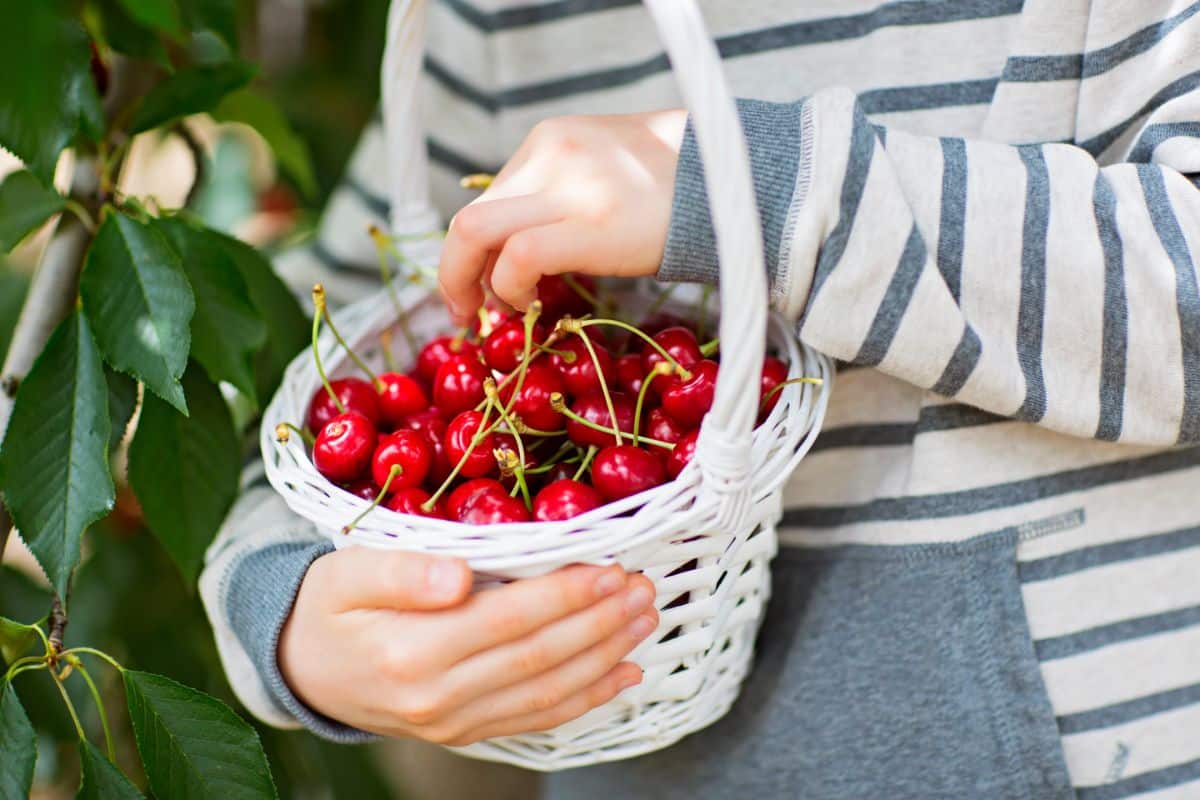
Most berries will not ripen off the plant or bush. If you’re not sure, plan to pick and/or buy berries that are nicely ripened. Here is a list of fruits and vegetables that do not ripen after they are picked:
- Apples* (*apples are climeractic and produce ethylene, but many sources, including University resources, recommend picking or purchasing apples at a ripe stage)
- Blueberries
- Blackberries
- Elderberries
- Raspberries
- Strawberries (Strawberries are a good one to know because they are so often underripe in the stores! If you do get stuck with underripe strawberries, there are some things you can do to improve their flavor.)
- Cherries
- Melons
- Cantaloupe
- Muskmelons
- Watermelon
- Citrus fruits
- Lemons
- Limes
- Tangerines
- Grapefruit
- Grapes
- Pomegranate
- Pineapples
- Pumpkins (slight but unreliable ability to continue ripening off the vine)
- Cucumbers (though cucumbers are often tasty at various stages of growth, so are more flexible)
- Eggplant
- Bell peppers
- Squash, including winter and summer squash and zucchini
A Note About Vegetables That are Not on Climeractic/Non-Climeractic Lists
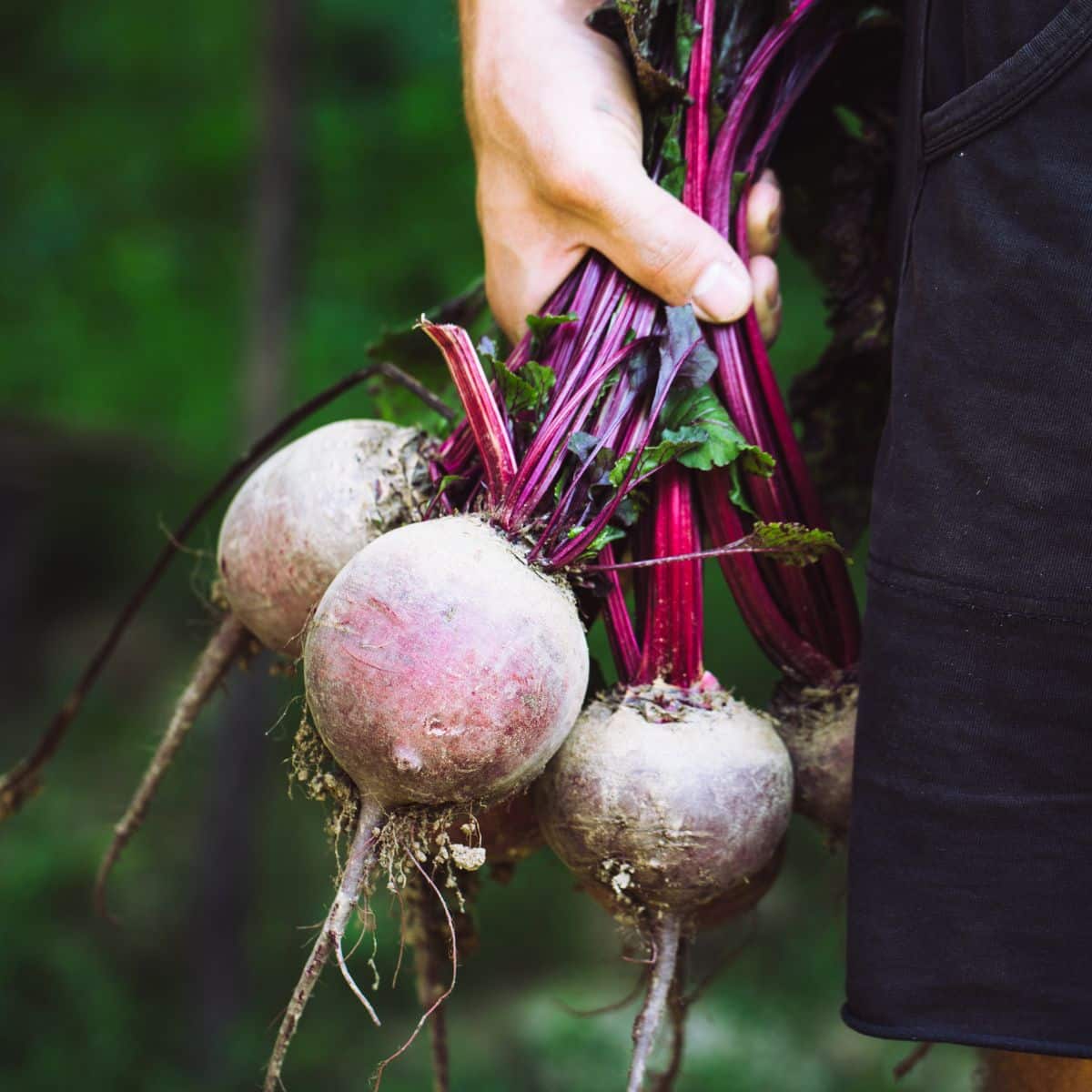
Some fruits and vegetables aren’t clearly listed on lists of produce that will or will not ripen off the vine/plant. This is more common with vegetables, and the reason seems to be that a lot of vegetables don’t necessarily have a defined “ripe” stage.
For example, lettuce, carrots, many root vegetables, beets, and beans can be picked young or at the optimal picking stage, but it’s not a stage you would really refer to as “ripe”. It’s more accurate to say they are “ready”. You don’t want to pick these vegetables when they are too old or mature because they don’t taste good, and they can become tough, hard, woody, or bitter. But it’s not really a matter of ripeness; it’s more a matter of maturity.
That said, a lot of the vegetables that are not on either list for ripening are sensitive to ethylene that is produced by other fruits and vegetables. Ethylene isn’t really “ripening” them, but it will cause them to over-mature, and it causes things like yellowing, softening, cracking, renewed growth, bitter taste, and overall deterioration.
For this reason, you should always separate different types of fruits and vegetables, and vegetables, fruits, and berries should be stored in different drawers in the refrigerator. You should separate by type and by ethylene sensitivity for fruit and vegetables that are stored in cold storage or at room temperature, too.
Know What Ripe Is for Non-Climeractic Fruits and Vegetables
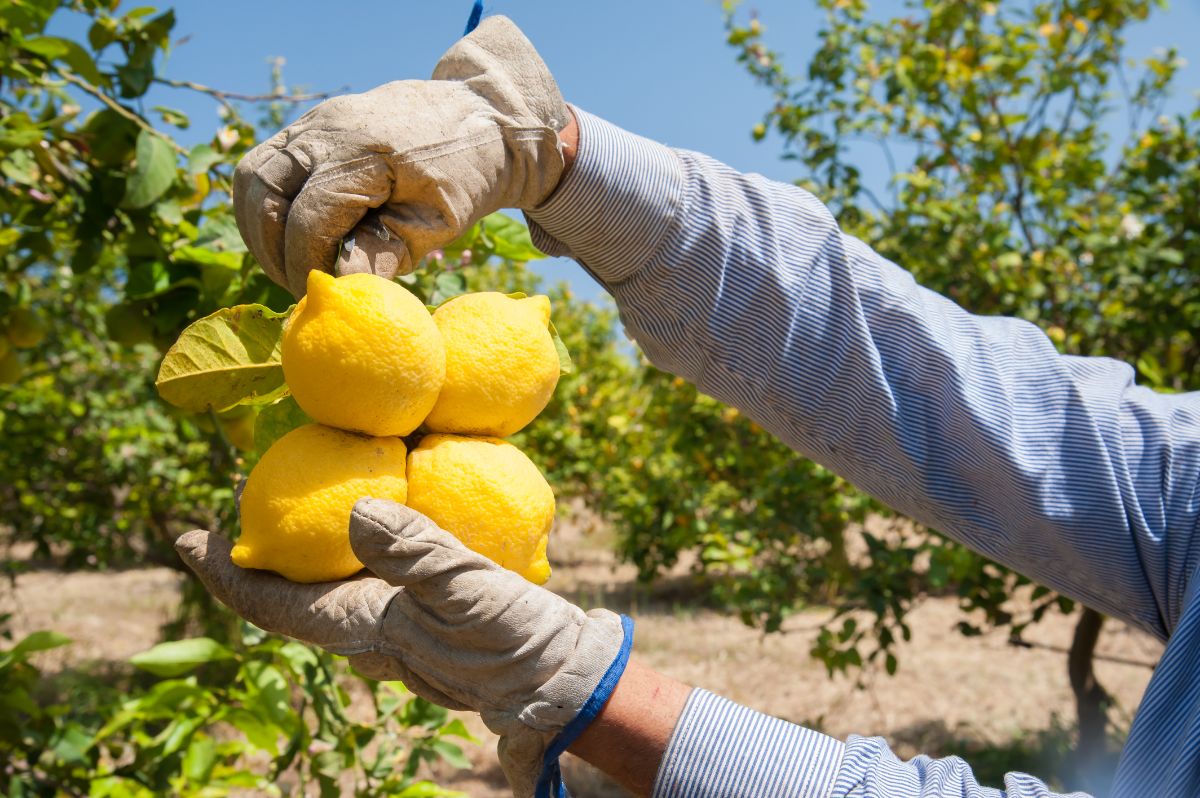
It is more important to know what ripe is for fruits and vegetables that are non-climeractic because those types of produce can’t ripen anymore after you’ve picked them. If you pick a climeractic fruit or vegetable too early, it’s not a loss because it will ripen. It will just take longer before you can use it.
But if you pick a non-climeractic fruit or vegetable, the stage you pick it at is the stage that you are stuck with. If it’s unripe or underripe, that usually means it’s going to be tasteless or bitter. It will often be hard or have a texture that is not usable.
The tip of the day, then, is to learn what ripe looks, tastes and feels like for the fruit, berry, or vegetable you’re picking. If you’re not sure, look it up before you go to harvest, and make sure you pick non-climeractic fruits and vegetables—those you found on this list—at the peak of ripe and readiness.
Look for Ripe Non-Climeractic Fruits and Veggies in the Markets, Too
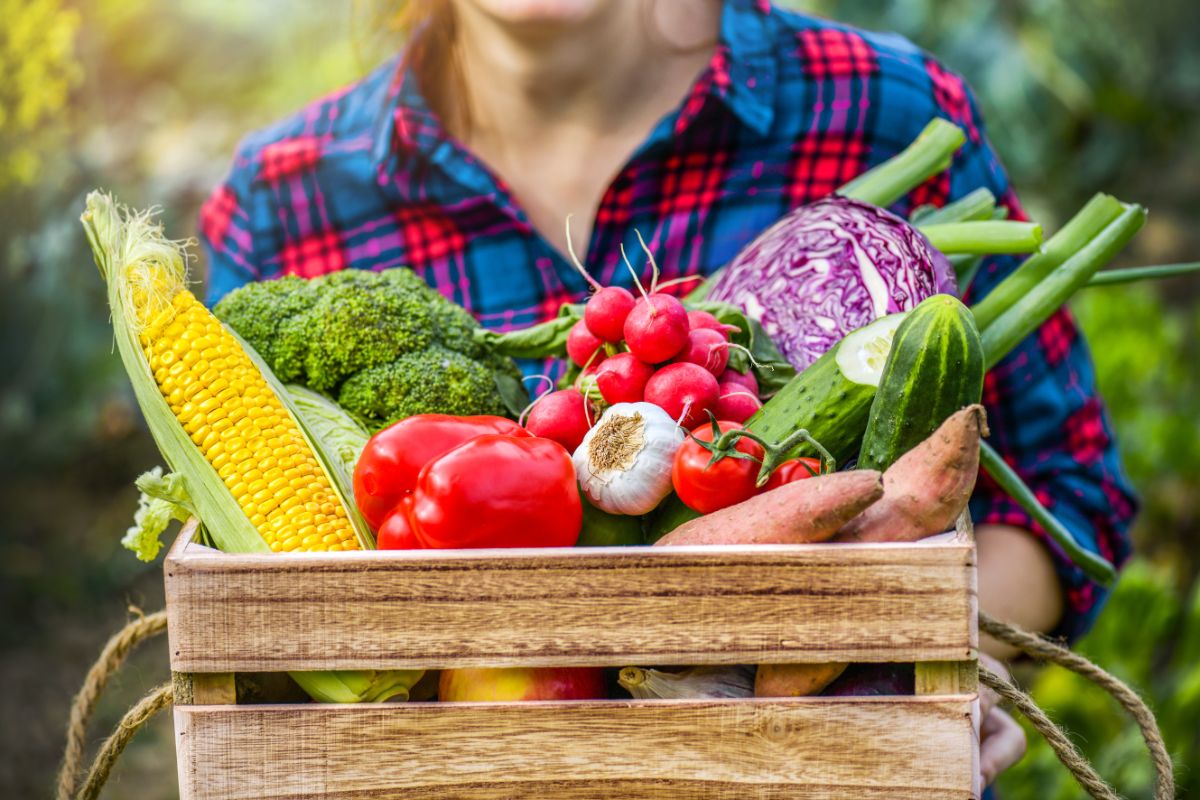
If you buy any of your produce at local markets or grocery stores, you should keep this list memorized (or printed and on hand), too. We often see fruit, berries, and vegetables in the stores (larger grocery stores especially) that are less than ripe, pale, not fully colored, and harder than they should be for a ripe piece of produce.
When you see non-climeractic fruits that are not fully ripe, pass them by. Look for the fruits, vegetables, and berries (this stands a lot for many types of berries) that look fully ripe if you know they are not capable of ripening off the plant or vine. Again, for those fruits and veggies, what you see is what you get. They’ll never look any better.
Be picky and take the time to pick the best of the crop. Now that you know what produce is not able to improve, you'll know that you need to be even more picky about buying!

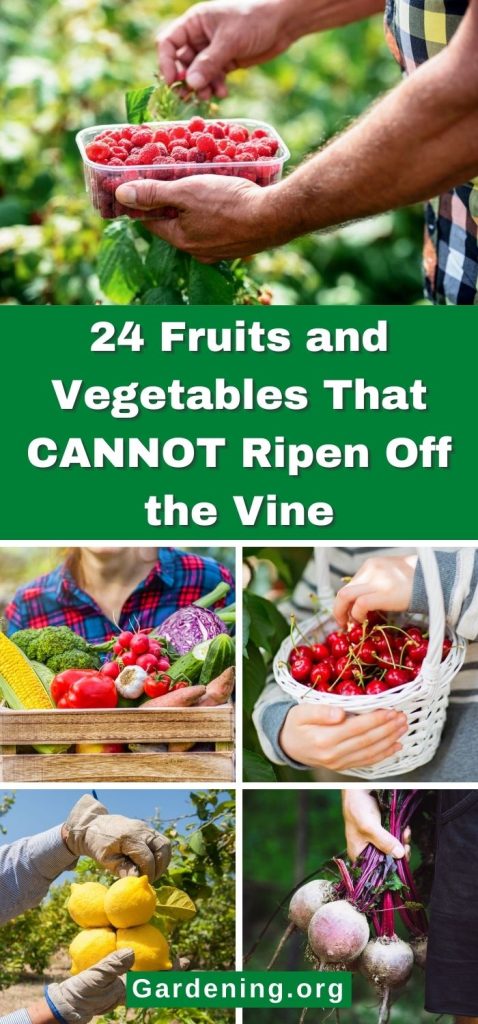
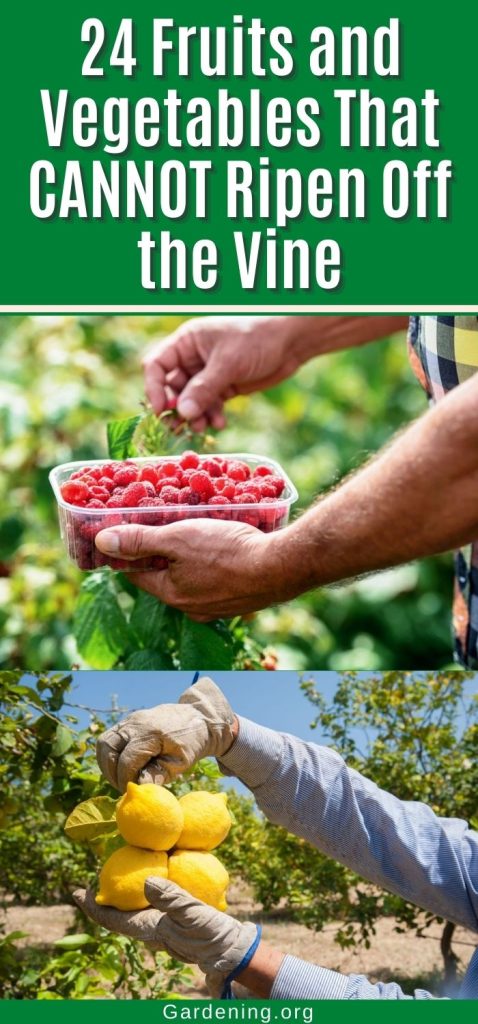
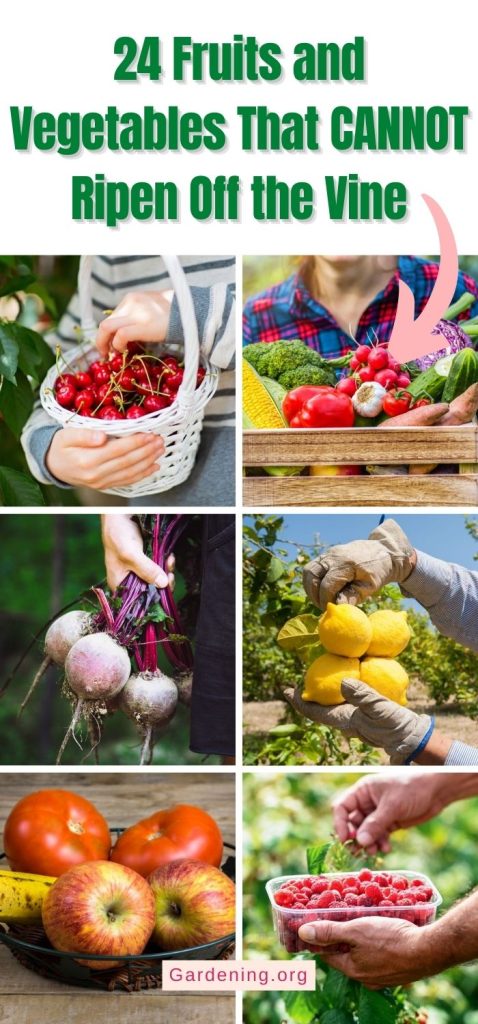
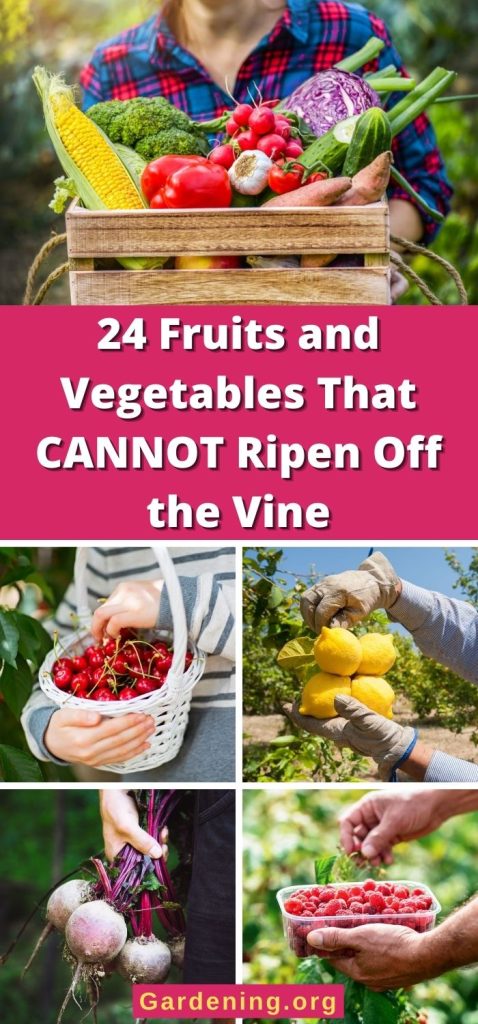
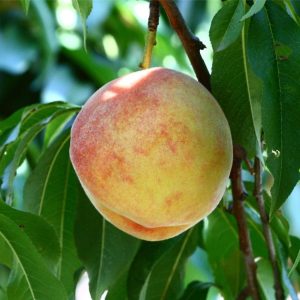
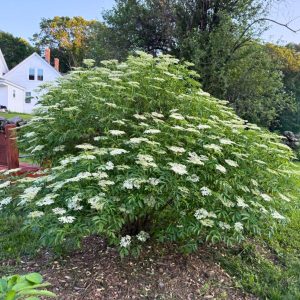
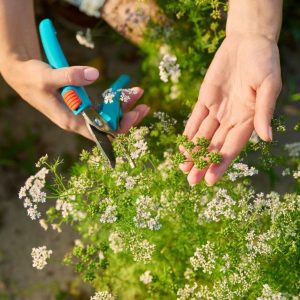
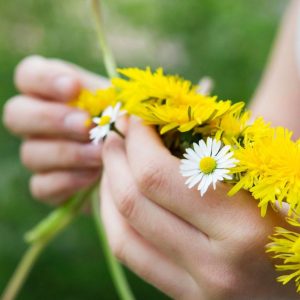
Leave a Reply